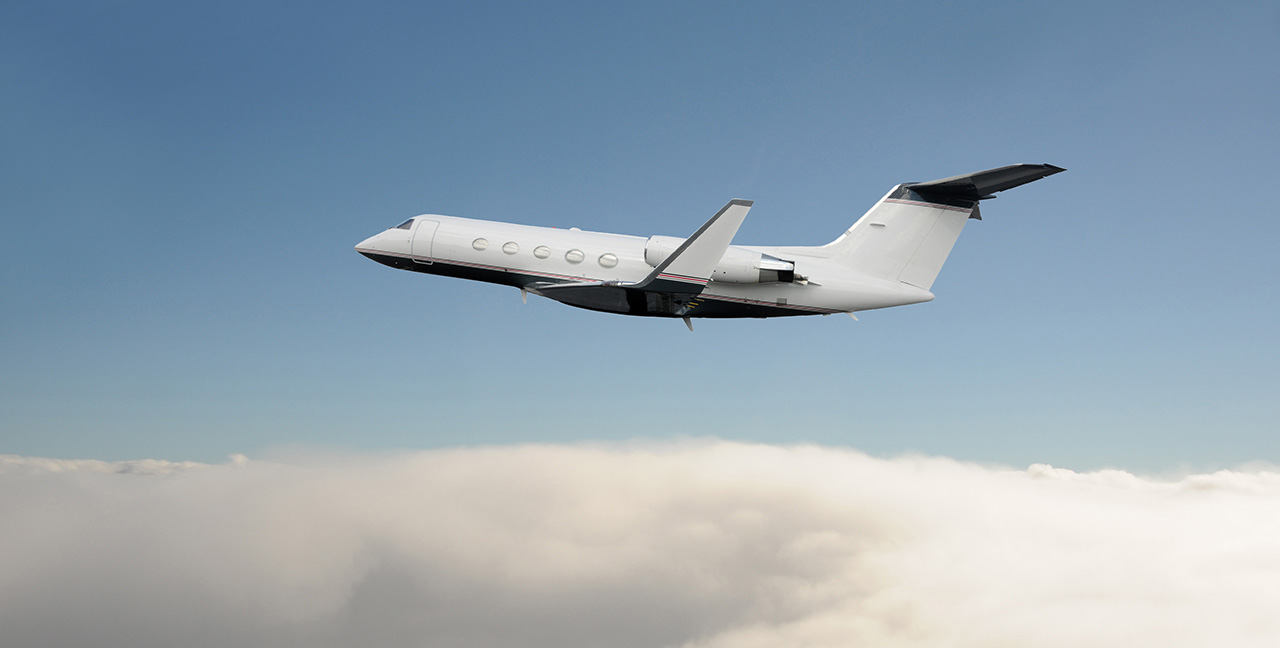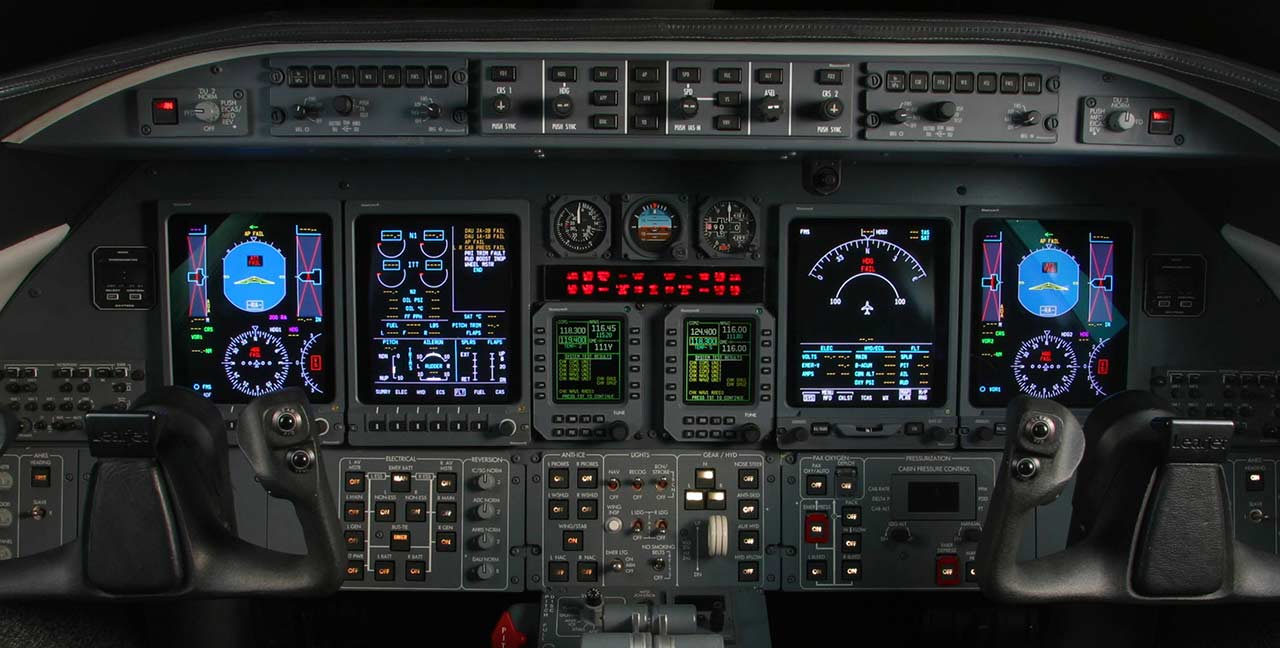Part 135 Certification & Manual Support
A Minimum Equipment List (MEL) is an FAA approved document that allows an aircraft owner/operator to fly with a certain item(s) inoperative. The Federal Aviation Administration produces a Master Minimum Equipment List (MMEL) for most aircraft to use. They provide the format that is acceptable to the administrator.
Fly Certs LLC specializes in certifications services for Part 135 operations. We have developed detailed processes and systems in order to produce an air carrier system to each operator’s specifications. With years of experience as current FAA Principal Operations Inspectors approving the Part 135 certification process, we understand the common preferences that inspectors request. We provide guidance directly from the FAA Order that is in compliance with all 14 CFR regulations.
Fly Certs LLC employs former FAA Inspectors on staff to develop and write all the required manuals, compliance statements, and training programs. Our staff will provide the necessary documents and guide you throughout your inspections and approvals. We will write the manuals but you must become familiar with all your manuals and the related regulations.
Fly Certs LLC can offer programs to assist you with full Part 135 support of your certification from start to finish.
The Certification Process
Generally, with few exceptions, if a person provides air transportation of persons or property for compensation or hire, that person must become certificated as an operator under Part 119 of the Federal Aviation Regulations. This certification package was developed by Flight Standards personnel to assist individuals desiring to become certificated in a minimum amount of time. Most first time applicants are initially intimidated by the certification process. This is due, in part, to the large amount of information provided to an applicant in the initial certification meeting.
The certification process utilizes a phase and gate system that has 5 distinct phases and 3 gates. All items in a phase must be successfully completed prior to continuing past a gate and into the next phase of the process. An applicant will not be certificated until the FAA is confident that the prospective certificate holder is capable of fulfilling the required responsibilities and will comply with 14 CFR in an appropriate and continuing manner.
Below is a brief overview of the Phases of Certification with a link provided for more detailed information on each phase. Applicants should review the information contained in the provided links, as well as any additional links contained within.
Phase 1 — Pre-application
This phase starts when a prospective applicant first inquires about or requests an application for an air carrier or air operator certificate. This phase can be initiated by individuals or organizations and may be in writing, or in the form of informal meetings with district office personnel. In this phase the following actions will occur:
The applicant will submit a FAA Form 8400-6
http://www.faa.gov/documentLibrary/media/Form/FAA_Form_8400-6.pdf
Pre-application Statement of Intent (PASI) to the local Flight Standards District Office, who will enter the information from the PASI into the FAA’s Safety Assurance System.
When the PASI is accepted by the FAA, the office manager will initiate the Certification Service Oversight Process (CSOP).
CSOP is a process that the FAA uses to determine if it has the necessary resources to conduct an initial certification and the continued operational safety oversight for a certificate applicant. The process determines if the certification process will be assigned and begin, or if the applicant will be placed onto a wait list. FAA Order 8900.1, Volume 11, Chapter 13, Section 1 contains additional information on the CSOP process.
http://fsims.faa.gov/PICDetail.aspx?docId=8900.1,Vol.11,Ch13,Sec1
FAA Flight Standards District Office (FSDO) will assign principal inspectors to oversee the certification process. There will be a 3 specialties assigned. The Principal Operations Inspector will be responsible for your manual, training program, and pilots. The Principal Airworthiness Inspector will be your contact person for matters relating to the aircraft, airworthiness and maintenance programs, and the Principal Avionics Inspector will be the person who makes sure that requirements relating to the installation and maintenance of aircraft avionics equipment are dealt with.
The applicant and their key management personnel will attend a Pre-application Meeting at the local FSDO with the Certification Team that was assigned to the certification project. In this meeting the details and requirements of your operation will be discussed. A timetable (Schedule of Events) for the certification steps will be laid out. All your key management personnel, including the Chief Executive Officer, Director of Operations, Chief Pilot, and Director of Maintenance should plan on attending this meeting.
More information is available at FAA Order 8900.1, Volume 2, Chapter 4, Section 1.
http://fsims.faa.gov/PICDetail.aspx?docId=8900.1,Vol.2,Ch4,Sec1_SAS
The completion of the Pre-application Phase also completes Gate 1 of the certification process.
Preparation of Documents
You will need to start developing and preparing various documents, manuals, and as required for your individual situation. You must also submit registration documents and proof of insurance to the Department of Transportation in Washington form.
Phase 2 — Formal Application
The formal application phase begins when the formal application and all the required documents are received by the FAA certification team.
Items that must be submitted include:
- Formal Application Letter
- Schedule of Events
- Compliance Statement
- Company Manuals (GOM & GMM) (if required by the Scope of Operation)
- Training Program (if required by the Scope of Operation)
- Electronic Flight Bag (EFB)
- Management Qualification Attachments (Resumes)
- Documents of purchase, contracts, and/or lease attachments.
- SAS Element Design Assessment Tools (ED-DCT’s)
- Drug & Alcohol Manual
- Proposed Operations Specifications
- Minimum Equipment List
- HazMat Procedure Manual & Training Program
- Flight Attendant Materials (if required)
- FAA Order 8900.1 Volume 2, Chapter 4, Section 1, Figure 2-13 Certification Job Aid
http://fsims.faa.gov/PICDetail.aspx?docId=8900.1,Vol.2,Ch4,Sec1_SAS
Items required to be submitted in the Formal Application are detailed in FAA Order 8900.1 Volume 2, Chapter 4, Section 1.
The Formal Application Phase is concluded with the Formal Application Meeting. This meeting gives the FAA and the applicant an opportunity to address any questions and resolve minor issues encountered in the certification process to this point.
Additional information on the Formal Application Phase is located at FAA Order 8900.1 Volume 2, Chapter 4, Section 2.
http://fsims.faa.gov/PICDetail.aspx?docId=8900.1,Vol.2,Ch4,Sec2_SAS
The completion of the Formal Application Phase also completes Gate 2 of the certification process.
Phase 3 — Design Assessment
The Design Assessment (DA) phase is that part of the certification process when the applicant’s manuals and other documents are reviewed in depth to ensure compliance with applicable regulations and conformity to safe operating practices.
Additional information on the Design Assessment phase is located at FAA Order 8900.1 Volume 2, Chapter 4, Section 3.
http://fsims.faa.gov/PICDetail.aspx?docId=8900.1,Vol.2,Ch4,Sec3_SAS
Phase 4 — Performance Assessment
In this phase, the certification team determines that the applicant’s proposed procedures and programs for training and directing personnel in the performance of their duties are effective. In this phase, the emphasis is on compliance with regulations and the operating procedures contained in the applicant’s manuals, as applicable.
Additional information on the Performance Assessment phase is located at FAA Order 8900.1 Volume 2, Chapter 4, Section 4.
http://fsims.faa.gov/PICDetail.aspx?docId=8900.1,Vol.2,Ch4,Sec4_SAS
The completion of the Performance Assessment Phase also completes Gate 3 of the certification process.
Phase 5 — Administrative Functions
http://fsims.faa.gov/PICDetail.aspx?docId=8900.1,Vol.2,Ch4,Sec5_SAS
In this phase the FAA will issue the certificate and the operations specifications (OpSpecs) to the applicant. This action completes the certification process. The Federal Aviation Administration (FAA) will not, under any circumstances, certificate an applicant until the certification project manager (CPM) determines that the applicant is fully capable of fulfilling his/her responsibilities as charged by Title 49 of the United States Code (49 U.S.C.) (formerly the Federal Aviation Act of 1958 (FA Act)) and that the applicant will comply with Title 14 of the Code of Federal Regulations (14 CFR) in an appropriate manner.
Additional information on the Administrative Functions phase is located at FAA Order 8900.1, Volume 2, Chapter 4, Section 5.
http://fsims.faa.gov/PICDetail.aspx?docId=8900.1,Vol.2,Ch4,Sec5_SAS
Part 135 Classifications
Single Pilot Operator
An operator using only one pilot. This is typically an owner-pilot operation using a single engine airplane or helicopter under VFR. It could also include a single pilot operation using a light twin under IFR with an approved autopilot in place of a second pilot.
Single Pilot-in-Command Operator
An operator that uses only a single crew for an aircraft requiring two pilots. Only one pilot may be pilot in command. Any other pilots, up to a maximum of three, must be only second-in-command.
Basic Operator
A Basic Operator is one that has a fairly simple operation without multiple bases of operation or other complicating factors and employs five pilots or less, and operates five aircraft or less.
Standard Operator
Any operator that employs more than five pilots or conducts operations of a complex nature involving more than one aircraft base or pilot domicile.
Part 135 Manuals
Letter of compliance
The Letter of Compliance is required for every level of Part 135 certification. The Letter of Compliance (sometimes called the Statement of Compliance) is a detailed listing of each FAA regulation that pertains to the operator, and an explanation of how the operator is in compliance or will comply with that regulation. In some cases, the means of compliance is stated in one of the operator’s required manuals, in which case that regulation may be referenced to the appropriate place in that manual.
This document must be very specific, and is one of the documents that many operators have difficulty preparing. Typically this document will run well over 300 pages. Fly Certs LLC will develop a Letter of Compliance that will show how your operation intends to comply with each applicable regulation.
Pricing:
Single Pilot Operator: $500.00
Basic Part 135 / Commuter (non international operations): $750.00
Basic Part 135 International Jet operations: $1500.00
General Operations Manual (GOM)
The General Operations Manual (GOM) contains all of the operational policy and procedure for the Part 135 operator. The GOM will contain everything from personnel job descriptions and responsibilities, flight and duty limits, weight and balance procedures, and most other items that specify the methods by which the operator will conduct their operations.
Aviation manual management will develop a unique manual to your company that contains all the required elements in 14 CFR 135.21.
International Operations Manual
International Operations/Procedures Manual (IOM) is designed to be both a reference for pilots flying oceanic routes and international flights. Procedures for Oceanic, North Atlantic Tracks, SLOP, RVSM, RNP-10 / RNP-4, MNPS, or a newer technology such as CPDLC or ADS-B Out will be included as per your companies operation. Fly Certs LLC will develop an International Operations Manual unique to your company which meets the provisions and guidance provided by AC 91-70, 91-RVSM, 8400, 12A and FAA Handbook.
Price:
$2000.00
Training Program
The Training Program is your umbrella program for which other parts, such as courseware and training center programs are referenced. Fly Certs LLC will develop a training program that meets the requirements of 14 CFR 135.
The content of your Part 135 Training Program will meet FAA Order 8900.1.
Basic Indoctrination (Basic Indoc)
Basic Indoc covers the your company specific operations.
Ground Training
Ground Training is general subjects applicable to your operations such as Federal Aviation Regulations, Operations Specifications, Air Traffic Control, and Meteorology. Part of Ground Training also includes the Aircraft Specific Curriculum Segment.
Flight Training
Flight Training curriculum subjects includes aircraft specific training and the FAA required 135 pilot training subjects.
Emergency Training
These are general subjects as well as the aircraft specific and Emergency Drill Training.
Special Curriculums
Just that, the catch all for additional subjects that are not included in the industry standard subjects.
Hazardous Materials Training or HAZMAT
Includes hazardous materials recognition, reporting, and various information related to air transportation.
Pricing:
Single engine aircraft: $1,000.00
Multi engine Piston $1,500.00
Jet: $2,000.00.
Minimum Equipment List
A Minimum Equipment List (MEL) is an FAA approved document that allows an aircraft owner/operator to fly with a certain item(s) inoperative. The Federal Aviation Administration produces a Master Minimum Equipment List (MMEL) for most aircraft to use. They provide the format that is acceptable to the administrator.
The MEL for part 135 operators utilizes the MMEL, applies the specific aircraft details, and includes the Maintenance (M) and Operations (O) procedures indicated in the MMEL.
Pricing:
Piston $500.00
Jet $1,000.00
Electronic Flight Bag (EFB)
Fly Certs LLC will develop an electronic flight bag manual that can be a stand alone document or incorporated into the GOM. The EFB manual will meet the requirements for issuance of Op Spec A061. This manual will include descriptions on EFB hardware classes, software requirements, software revision procedures, chart data revision procedures, operational procedures, preflight procedures, system checks, flight operational procedures, EFB failure procedures, storage and security procedures.
Pricing:
$500.00
SAS Element Design Assesment Tools (ED-DCT’s)
The FAA Safety Assurance System (SAS) will replace all FAA oversight programs for more than 13,000 certificate holders by the year 2018. The System Approach for Safety Oversight (SAS) Program Office is responsible for SAS. SAS is not a separate safety standard and does not impose additional requirements on certificate holders. SAS provides aviation safety inspectors with standardized protocols to evaluate certificate holder programs required by regulations to be approved or accepted. It is an automated approach to determine that a certificate holder is able to operate safely under the prescribed regulations and standards.
Each manual needs to be ran through the SAS program to ensure that of all required elements are in place. The FAA inspector needs to review all manuals submitted for approval through the SAS program. Fly Certs LLC has access to each SAS question and will provide a manual reference to the inspector reviewing the manuals. This will save the inspector exorbitant amounts of time and thus the approval / acceptance process will be much faster.
SAS references add on Price:
$250.00 per manual.
Drug & Alcohol Manual
Fly Certs LLC will develop a drug and alcohol manual that outlines company policies and procedures for FAA Anti-Drug Program as prescribed in 14 CFR Part 120.
Price:
$250.00
RVSM / International Operation Manuals
When purchasing a new aircraft or transferring ownership of an existing aircraft, the aircraft cannot be flown between FL 290 and FL 410 until RVSM authorization has been granted by the FAA.


Minimum Equipment List (MEL) Support
A Minimum Equipment List (MEL) is an FAA approved document that allows an aircraft owner/operator to fly with a certain item(s) inoperative.
Part 135 Certification & Manual Support
Experienced guidance is essential when drafting a Part 135 Certification and Manual support. Without a well executed manual, you could be exposed to unnecessary duplication of effort greatly increasing the total certification cost


General Aviation Consulting Services
FlyCerts LLC is a regulatory compliance company specializing in all aspects of general aviation compliance with FAA regulations. Our products and services offer increased efficiency and productivity.
